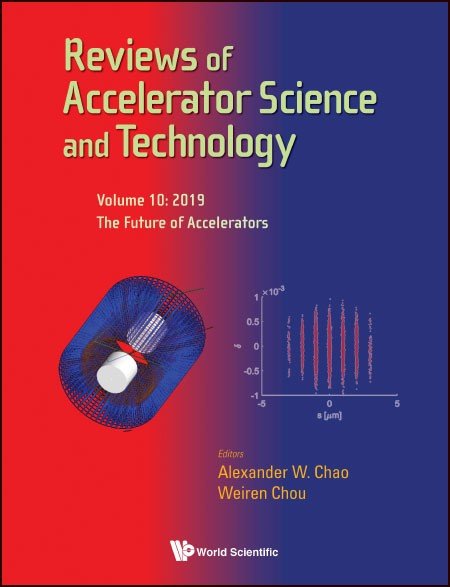Future Possibilities for Accelerators in Nuclear Physics
Here, we consider the future of accelerators in nuclear physics. First, we look at the future of unstable beams toward a broader region of nuclei. Second, we review the possibilities in generating new forms of nuclear matter with heavy-ion beams. Third, we discuss the efforts to produce stronger powered proton beams for generating secondary particles, including neutrinos, kaons, muons, and anti-protons. Fourth, we discuss the possible electron–ion scatterings including their colliders. Other subjects such as hadron spectroscopy are not covered.


